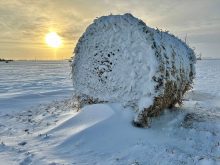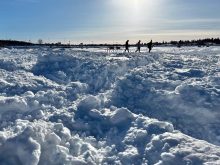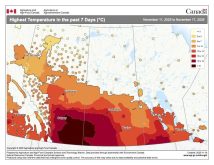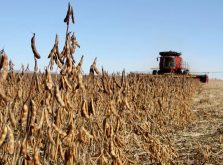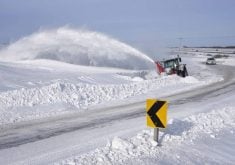Often when we get October snow, I am asked how often we see big snowfall events. I talked a little bit about this last week but this week I will take a deeper dive into snowfall.
During one of my university courses on water systems, we looked at stream flows and how to calculate the probability of 25-, 50- and 100-year floods. Once I learned how to do this, I started thinking about snowstorms and how often we should expect big storms to hit us.
I went through the data for Winnipeg and applied the same probability techniques, since the statistical theory is sound for both.
Read Also
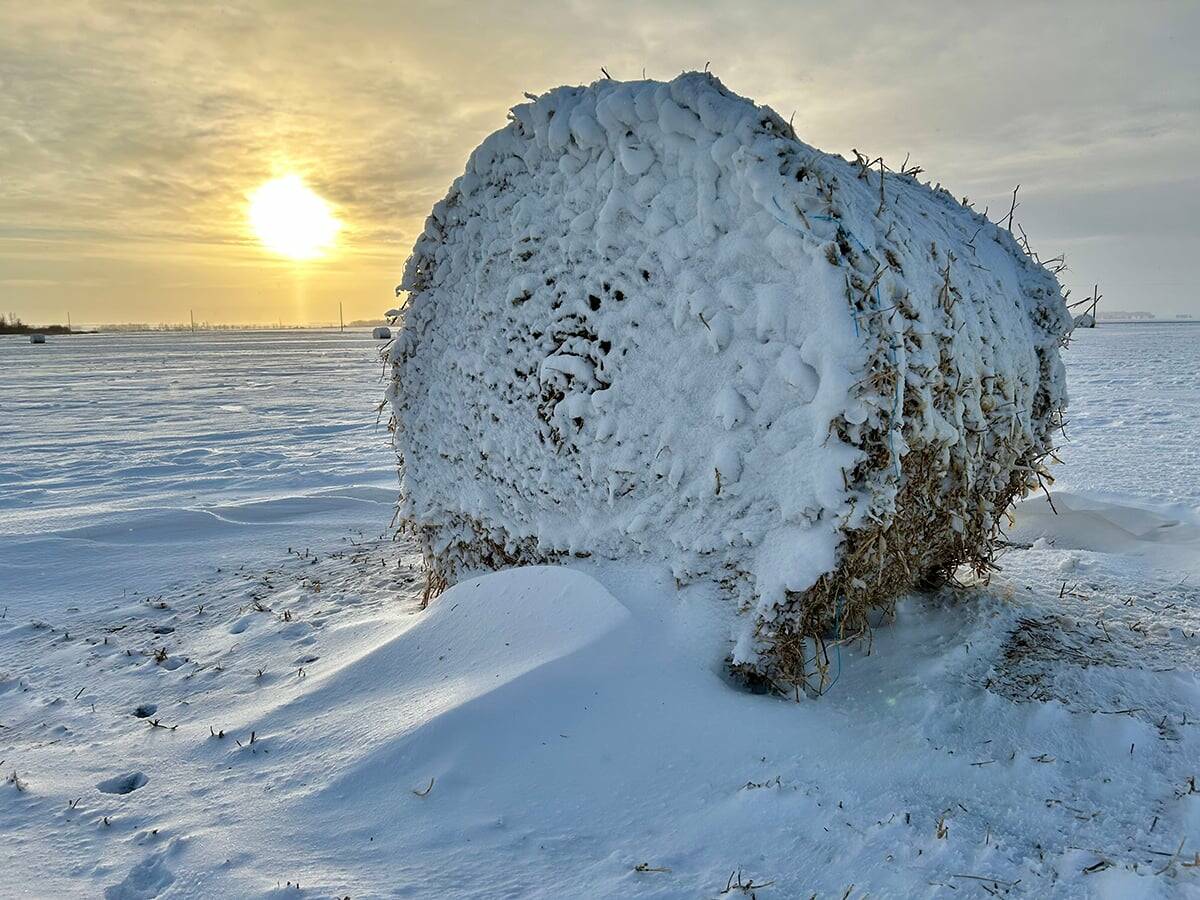
What is perfect Christmas weather?
What is ‘perfect’ Christmas weather on the Prairies? Here’s where you should head this holiday, according to historical weather data.
Of course there are different periods in which to measure precipitation. You can measure the amount of snow that falls in one day, from midnight to midnight. This is the way precipitation amounts are recorded.
Mother Nature doesn’t play by the clock, so we can’t always count on snowfall occurring during a one-day period. Another way is to calculate how much fell in each 24-hour period, but to do that you need access to hourly data that is not readily available.
We can measure snowfall a third way by looking at what I call a snow event, when we record snowfall amounts on two or more consecutive days. Even this can be problematic as we could see two different systems impact a region over a two- or three-day period, but for the sake of this study, I consider that one big storm system.
In Winnipeg, during any given winter, there is a 90 per cent chance there will be about 30 days when snow falls. About 50 per cent of the time, we will see 45 snowfall days and there is less than a one-in-100 chance of seeing more than 70 snowfall days in any given winter.
Keep in mind, a snowfall day is any day that records snow, no matter how small. When we look at how much snow we can expect to fall during such a day, 90 per cent of the time it is 0.2 centimetres or more, which basically means a light dusting. Only about 10 per cent of our snowfalls are light dustings that are not really measurable. About 50 per cent of the time, we can expect more than two cm of snow. Lots of people argue with me over that one, but that is what the statistics show.
If we look at how often we should expect five cm or more, the probability falls to about 10 per cent. That is, if we get 30 snowfall days during the winter, only three will give us more than five cm.
Looking at higher one-day snowfall amounts, 10 cm or more occurs about once in every 25 snowfall days, or once or twice per winter.
Getting more than 30 cm of snow in one day is extremely rare, with a probability of about 0.1 per cent, which means about one in every 1,000 snowfall days or once every 20 to 40 years.
Before you say you can remember several 30-cm dumps of snow, keep in mind these are single-day, midnight-to-midnight stats.
Mother Nature rarely dumps all the snow conveniently during a midnight-to-midnight period, so let’s see how the numbers shape up. In any given winter, we typically see about 20 events where we record snowfall on two or more consecutive days. About half the time we could see as many as 28 snowfall events, and once in every 100 winters we could experience as many as 40.
Most of these events have only small amounts of snow. About 90 per cent of the time we expect to see 0.5 cm or more snow and about 50 per cent of the time we expect to see more than two cm. Interestingly, or maybe surprisingly, these numbers are about the same as for the one-day snowfall probabilities.
If we look at the probability of receiving more than five cm during a snowfall event, it happens about 30 per cent of the time. Going up to 10 cm or more, probability drops to about 10 per cent or around twice per typical winter.
How often should we expect to see big storms with more than 30 cm of snow? According to my probabilities, it’s about one in every 200 snowfall events, or once every 10 years.
Let’s look at last winter (2022-23), which was dry. There were 40 snowfall days and nine snowfall events, about half of what is typical. There were only three days with snow and three snow events where Winnipeg got more than five cm.
There were no snowfall events greater than 10 cm, which statistically should happen once or twice a winter. To average out the 10-cm snowfalls, we would need to double the number for this winter, or we would need to see about four events if it is a typical winter.
And remember, these numbers are percentages; if we have a snowier winter, the odds of seeing bigger snowfall events go up.




